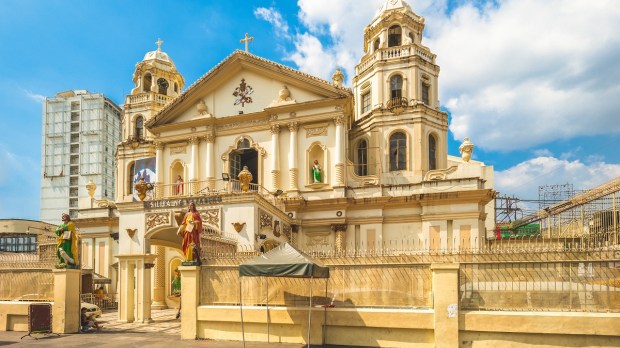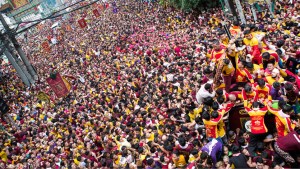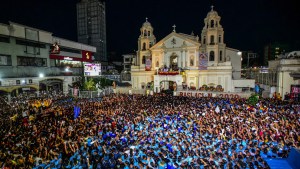The Philippines recently saw a significant return to normalcy after the pandemic years, with some 6 million Catholics gathered to process in the “Traslacion,” an annual 3.7-mile procession following an historic statue of Jesus Christ, known as the “Black Nazarene.” Now celebrations around the Black Nazarene are set to continue, as the minor basilica in which the statue is housed will officially be declared a National Shrine later this month.
The Minor Basilica of the Black Nazarene (Quiapo Church) is located in the Philippines’ capital of Manila. According to The Manila Bulletin, the Catholic Bishops’ Conference of the Philippines (CBCP) approved the basilica’s elevation to National Shrine status in July, but the church did not make the official announcement until December 14.
With its elevation, the Minor Basilica of the Black Nazarene will become the 29th National Shrine in the Philippines. The title, National Shrine of the Black Nazarene, will be officially conferred in a ceremony on January 29, coinciding with the final day of the the 127th CBCP plenary assembly at the Pope Pius XII Catholic Center in Manila.
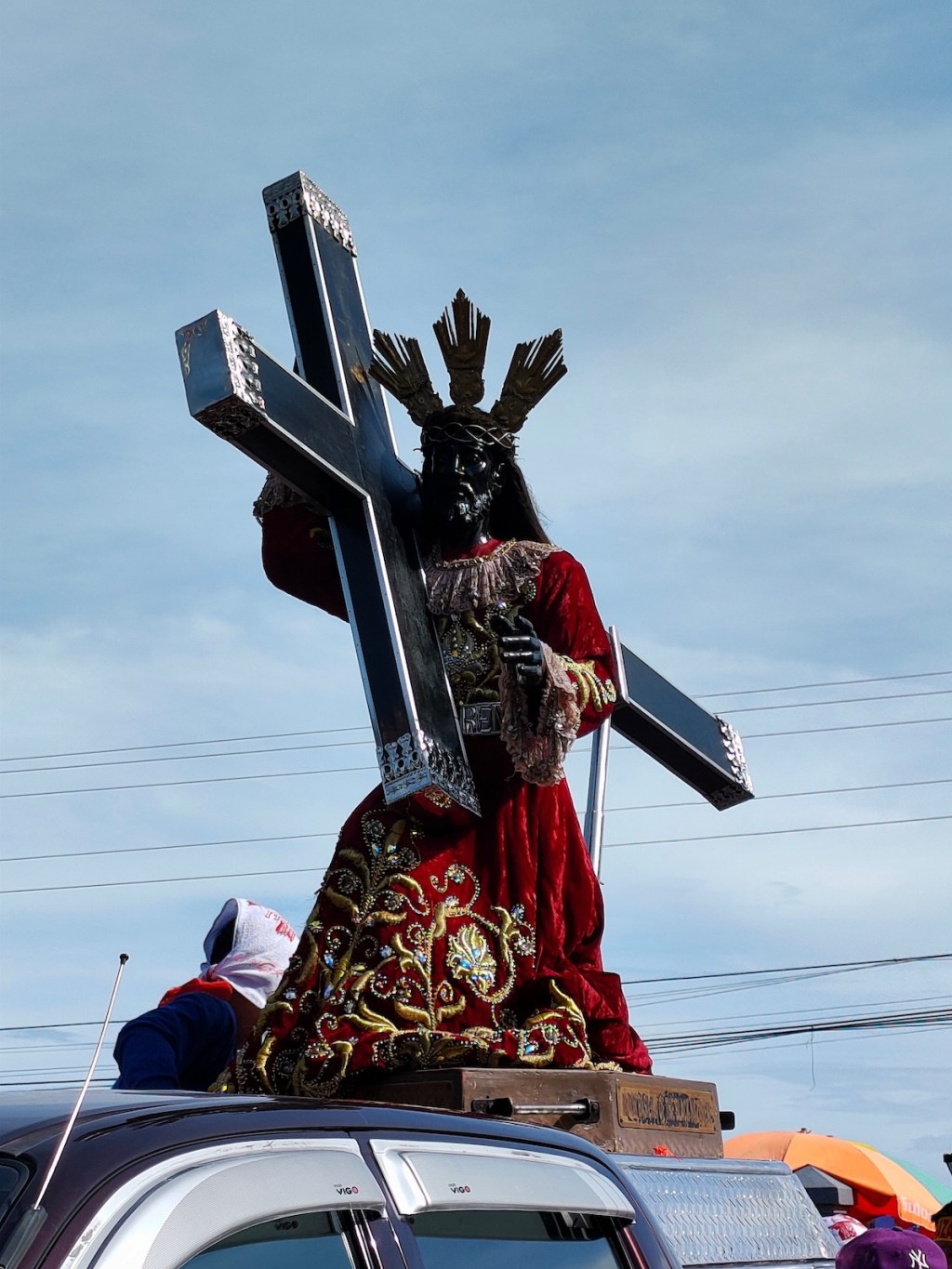
The term “Black Nazarene” refers to a life-sized statue of Jesus Christ that was brought to the Philippines from Mexico in 1606. The statue is made of mesquite wood, which gets darker as it ages and gives the statue the appearance of having a dark complexion. In 1620 a confraternity was established to acknowledge devotion to the Black Nazarene, and by 1767 the following had grown so large the statue needed to be relocated.
The statue is the focal point of the annual “Traslacion,” a procession through the streets of Manila that routinely draws crowds in the millions. After years of cancellations due to pandemic restrictions, the procession returned to form in 2024, drawing some 6 million Catholics to process and pray alongside a float that bore the image of Christ that dates back to the 17th century.
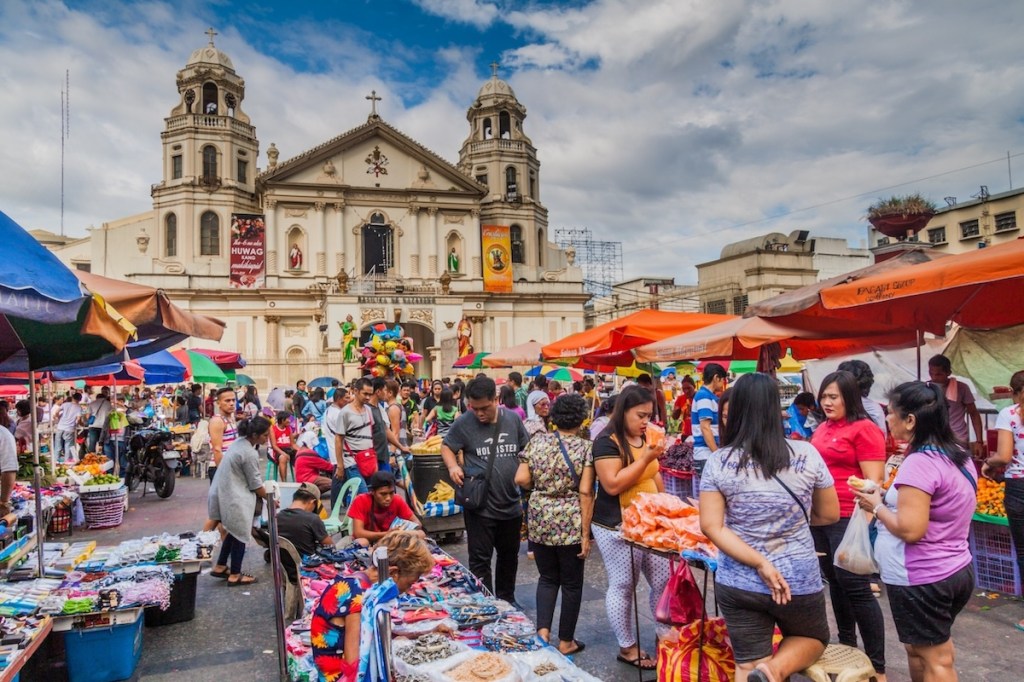
This annual procession pays homage to this “Traslacion,” or “transfer,” of the Black Nazarene statue, following a 3.7-mile route from Quirino Grandstand to Quiapo Church, where the statue of the Black Nazarene has been housed for centuries. The procession follows a float carrying the historic statue, while the faithful follow it just as they did in the 18th century.
While not the longest on record, attendance at the procession was near the same level as the last iteration, in 2019. CNN reports that it took the crowd about 15 hours to walk the entire route. The 2019 procession was only one hour longer, but the record came in 2012, when massive crowds took 22 hours to make their way to Quiapo Church.
